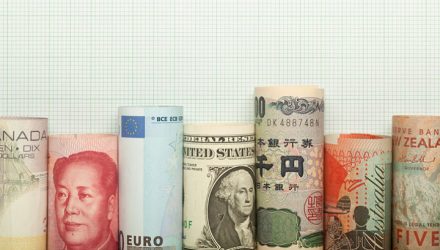“From Brexit to the Bank of Japan, there are a multitude of pieces in motion,” Bruno added. “As central banks move towards ‘normalization,’ the level of volatility is likely to accelerate. Given the level of uncertainty, it makes sense for investors to consider hedging a little, with the goal of reducing exposure to any one currency or policy outcome.”
For instance, ETF investors may consider alternative options that take a more neutral view on foreign currency movements through a handful of 50% hedged/50% unhedged options, including the IQ 50 Percent Hedged FTSE International ETF (NYSEArca: HFXI), IQ 50 Percent Hedged FTSE Europe ETF (NYSEArca: HFXE) and IQ 50 Percent Hedged FTSE Japan ETF (NYS Arca: HFXJ). All three funds have approximately half their currency exposure of the securities in the underlying index hedged against the U.S. dollar on a monthly basis.
On Demand Webcast: Where ETF Investos Should Look Outside the U.S.
The forex market is notoriously fickle, and the U.S. dollar has been depreciating since the start of the year. Consequently, investors who have a more neutral stance on the foreign exchange outlook may consider a 50% hedged international investment as a way to limit volatility in their international exposure due to a sudden currency swing.
IndexIQ research has shown that a 50% currency hedged approach can reduce the potential risk of misreading extreme currency movements in either direction and can also have a dampening effect on volatility, which may help investors capture any further upside potential while hedging against downside risks associated with harmful currency moves.
